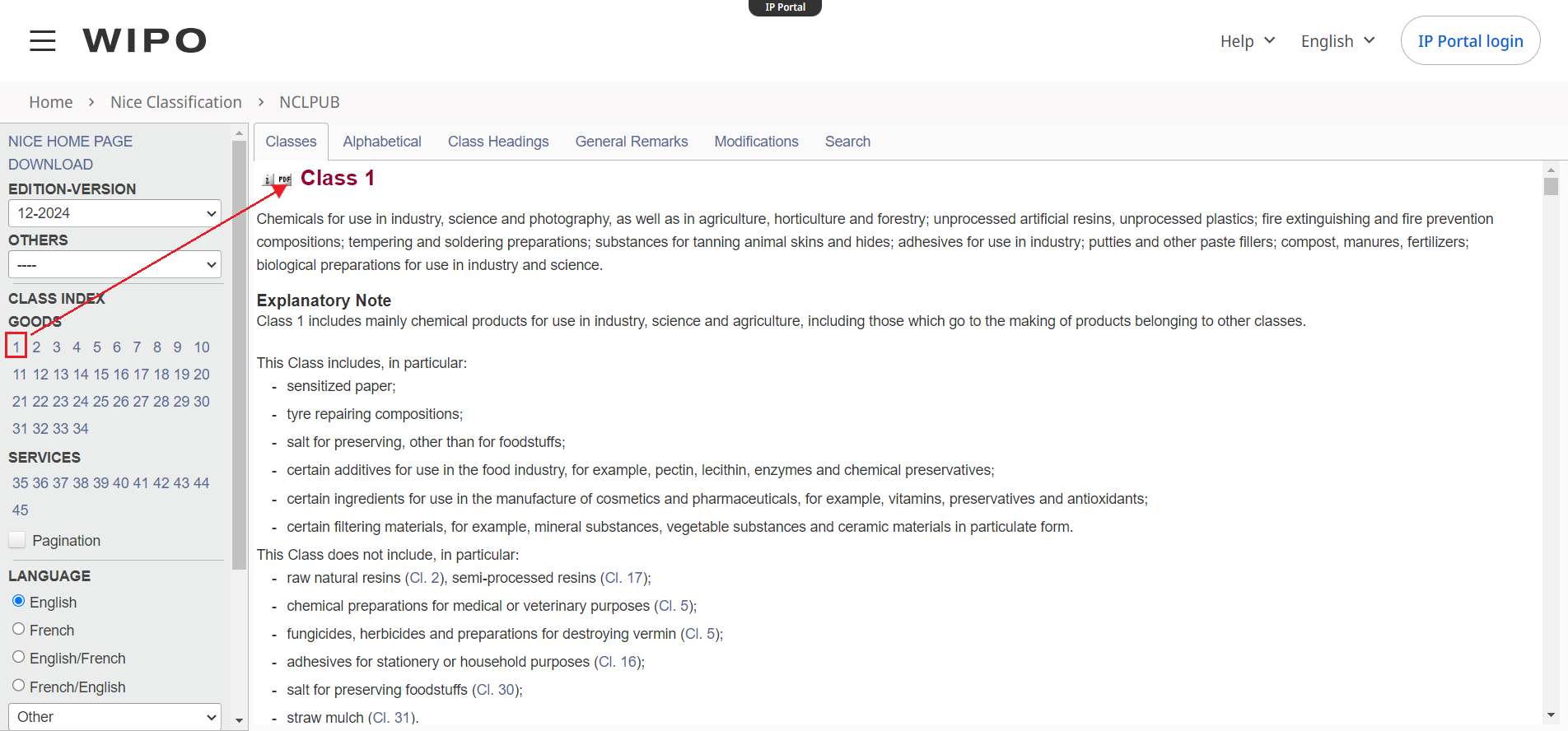In today’s fiercely competitive business landscape, trademarks have become invaluable assets for companies aiming to distinguish their products or services from competitors. A trademark is not merely a symbol or a name; it represents the essence of a brand, encapsulating its values, reputation, and identity. In this definitive guide, we delve deep into the world of trademarks, exploring their significance, registration process, protection strategies, and much more.
Understanding Trademarks :
What is a Trademark?
A trademark is a legally recognized symbol, word, phrase, or design that distinguishes the products or services of one entity from those of others. It serves as a badge of origin, signaling to consumers the source of goods or services and safeguarding against confusion or deception in the marketplace.
Importance of Trademarks :
Trademarks play a pivotal role in brand building and consumer trust. By securing exclusive rights to use a particular mark, companies can foster brand loyalty, prevent competitors from capitalizing on their reputation, and enhance their market position. A strong trademark not only protects intellectual property but also serves as a valuable intangible asset that can appreciate in value over time.
Registering a Trademark
The Registration Process :-
Obtaining trademark protection involves a systematic registration process governed by intellectual property laws. The first step is conducting a comprehensive trademark search to ensure that the desired mark is available and not already in use by another entity. Once cleared, the applicant can file a trademark application with the relevant authority, such as the United States Patent and Trademark Office (USPTO) or the European Union Intellectual Property Office (EUIPO), Intellectual Property Office of India (IPO).
Eligibility Criteria :-
To qualify for trademark protection, a mark must meet certain criteria, including being distinctive, non-generic, and capable of identifying the source of goods or services. Generic terms or marks that merely describe the product or service are generally ineligible for trademark registration.
Trademark Classes Index :
Trademark has been divided into 45 Classes, out of which Class – 01 to Class – 34 are of goods and Class – 35 to Class – 45 are of services. For detailed information of trademark classes, kindly visit WIPO Class Index.
How to check availability of your Trademark ?
STEP- 1 : Visit WIPO.int
STEP-2 : Enter your brand / trade name. we will choose any kind of field according to our requirement & getting result.
STEP-3 : According to our brand name we are getting search result. if your brand name is not available / doesn’t show in specific class of search result, it’s mean your chances of getting a brand name are good.
Benefits of Registration
While trademark rights can arise through common law use, registration offers numerous advantages, including:
- Presumption of Ownership: Registration creates a legal presumption of ownership and validity, making it easier to enforce trademark rights against infringers.
- Nationwide Protection: A registered trademark provides exclusive rights to use the mark nationwide, offering broader protection than common law rights limited to specific geographic areas.
- Enhanced Remedies: Registered trademark owners are entitled to statutory damages, attorney’s fees, and injunctive relief in cases of infringement, providing more robust enforcement mechanisms.
Protecting Your Trademark
Enforcement Strategies :-
Maintaining the integrity of your trademark requires proactive enforcement measures to combat infringement and unauthorized use. Key strategies include:
- Monitoring: Regularly monitor the marketplace for unauthorized use of your trademark, both online and offline.
- Cease and Desist: Promptly send cease and desist letters to infringers, demanding that they stop using your trademark and/or remove infringing materials.
- Litigation: When necessary, pursue legal action against infringers to defend your trademark rights and seek damages for infringement.
International Protection :-
In an increasingly globalized economy, securing trademark protection across international borders is crucial for businesses expanding into foreign markets. International treaties such as the Madrid Protocol and the Paris Convention facilitate the registration of trademarks in multiple countries through streamlined procedures and reciprocity agreements.
Conclusion
In conclusion, trademarks serve as indispensable tools for brand differentiation, consumer protection, and business growth. By understanding the intricacies of trademark law and implementing effective protection strategies, companies can safeguard their valuable intellectual property assets and thrive in today’s competitive marketplace.
